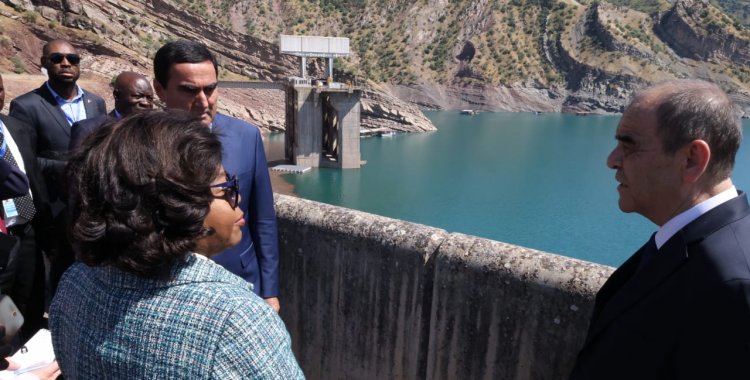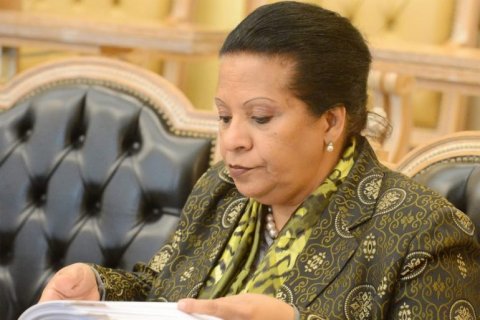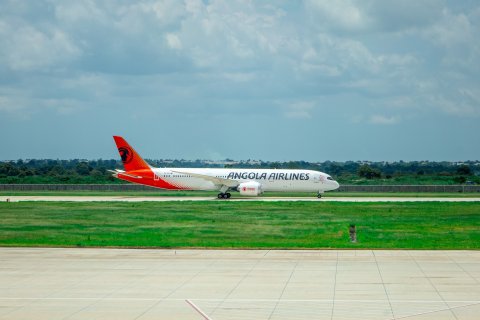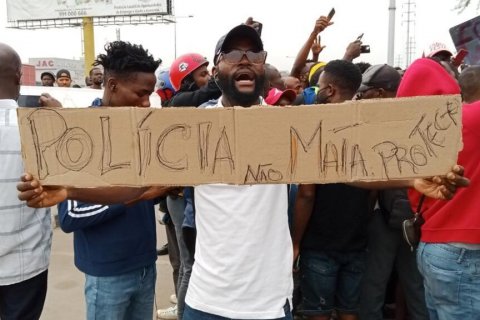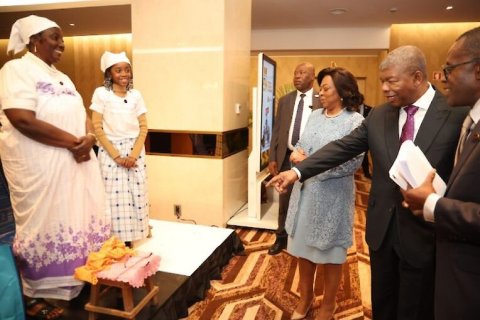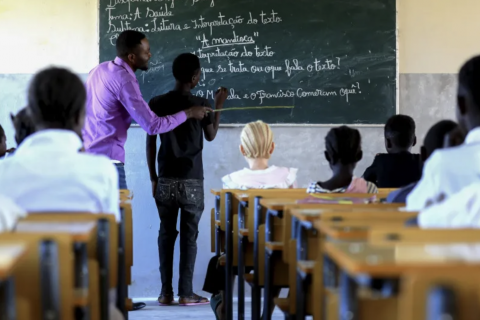During its intervention at the third International High-Level Conference on the International Decade of Action 'Water for Sustainable Development' 2018-2028, VPR said that the country "adopted the National Water Plan (PNA) to support the national implementation of SDG6, which establishes some fundamental axes", such as the "integrated planning of the country's water resources, the establishment of a national infrastructure investment program, the reinforcement and modernization of the institutional framework and legislation, as well as the establishment of public-private partnerships, with the support of the development of technology and innovation", according to a statement from the Vice-Presidency of the Republic, to which VerAngola had access.
On the occasion, she said that the country is currently implementing the National Strategy for Total Sanitation Led by the Community and School 2019-2030, with the support of UNICEF, as well as implementing "long-term initiatives aimed at improving the governance of water and strengthening water and energy security".
She also mentioned projects focused on improving and expanding "water supply networks to populations, at a time when the country is implementing, within the framework of the SDGs, the Environmental Sustainability Policy, which gives priority to climate intervention, with emphasis on Risk Prevention and Environmental Protection".
Still with regard to the water sector, according to Esperança da Costa, the Government has made a significant effort with regard to "rehabilitation, modernization and construction of new infrastructures for water supply, wastewater collection and treatment, while promoting broader monitoring of river basins and rehabilitation of hydroelectric dams".
In her intervention she also highlighted measures that have been adopted to combat the severe and cyclical drought that affects the south of Angola. Among these measures is, for example, the approval of the Program to Combat the Effects of Drought in Southern Angola (PCESSA), which is aimed at "improving water supply capacity".
According to the governor, it was within the framework of this program that the Cafu Water Transfer System was built, located in Cunene, whose main objectives are to create "a water reserve to meet the water supply needs of 225,000 inhabitants, for watering of livestock and irrigation of approximately 5000 hectares of agricultural land, ensuring greater resilience for communities".
Esperança da Costa said that other actions linked to improving access to drinking water are underway in the country.
"Other actions related to improving access to drinking water are also underway in different regions of the country, which has made it possible to achieve encouraging indicators in the drinking water supply plan of around 58 percent in 2023. With investments being carried out in this area, the expectation is that the country will reach 70 percent by 2027, while basic sanitation is expected to grow from the current 58 percent to 61 percent by 2027", she said, cited in the statement.
The VPR also said that the country "considers cooperation and multilateralism fundamental in the implementation of various projects and programs", reads another note from the vice-PR, to which VerAngola had access.
"We continue to appeal to global finance, for the need to support this entire program of developing countries, in ways that allow greater resilience and adaptation of populations to climate change, finance the transformation of food systems and improve the management of water resources, with water for all, leaving no one behind", she said, adding that there are no "one-size-fits-all" solutions to the various challenges that the international community is facing within the scope of water governance. However, she added that "promoting cooperation that favors dialogue, consultation and peace must be everyone's commitment so that the world can face the complex challenges of today and the future".
In the run-up to the conference, Esperança da Costa paid a visit to the largest dam in central Asia on Monday. This is the Nurek Hydroelectric Dam, located in Tajikistan, which generates between 10 and 11 billion KWh of electricity per year.
This dam was built in 1961 and "is currently being modernized to reach 3375 MW of energy, 375 more than current production".
The international conference began this Monday, with the first day dominated by thematic forums by region.
"The second day is reserved for the opening of the plenary session", dominated by subjects such as "Water for health: Access to Hygiene, including Human Rights to drinking water and sanitation" and "Water for sustainable development: valuing water, the water-energy-food nexus and sustainable economic and urban development", while for the third day the theme of "Water for climate, resilience and the environment: source for the sea, biodiversity, climate, resilience and reduction of disaster risk (DRR)" and "Water for cooperation: transboundary and international water cooperation, intersectoral cooperation, including scientific and water cooperation, across the 2030 Agenda".
The plenary will close with the theme "Decade of action in the field of water: accelerating the implementation of the decade's objectives, namely through the UN Secretary-General's Action Plan".

